Reading proficiency Normal Phonics Worksheets for Ages 6-9
7 filtered results
-
From - To
Boost your child's reading proficiency with our engaging Normal Phonics Worksheets designed for ages 6-9! These worksheets are tailored to improve phonetic skills, helping young learners recognize letters, sounds, and syllables. Fun and interactive exercises include matching, fill-in-the-blank activities, and sound identification. By emphasizing phonics concepts, our resources support your child’s reading and comprehension development. Perfect for both home and classroom use, these worksheets are easy to print and provide valuable practice to reinforce essential literacy skills. Let your child embark on a fun-filled phonics journey that promotes confidence and a lifelong love of reading!
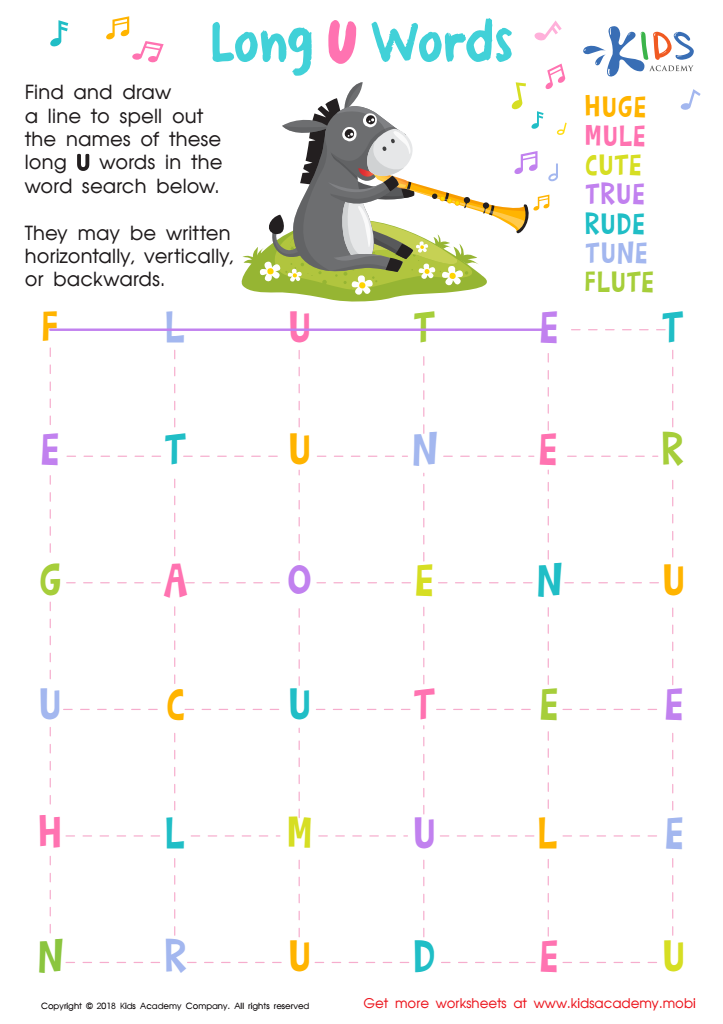

Long /u/ Words Worksheet
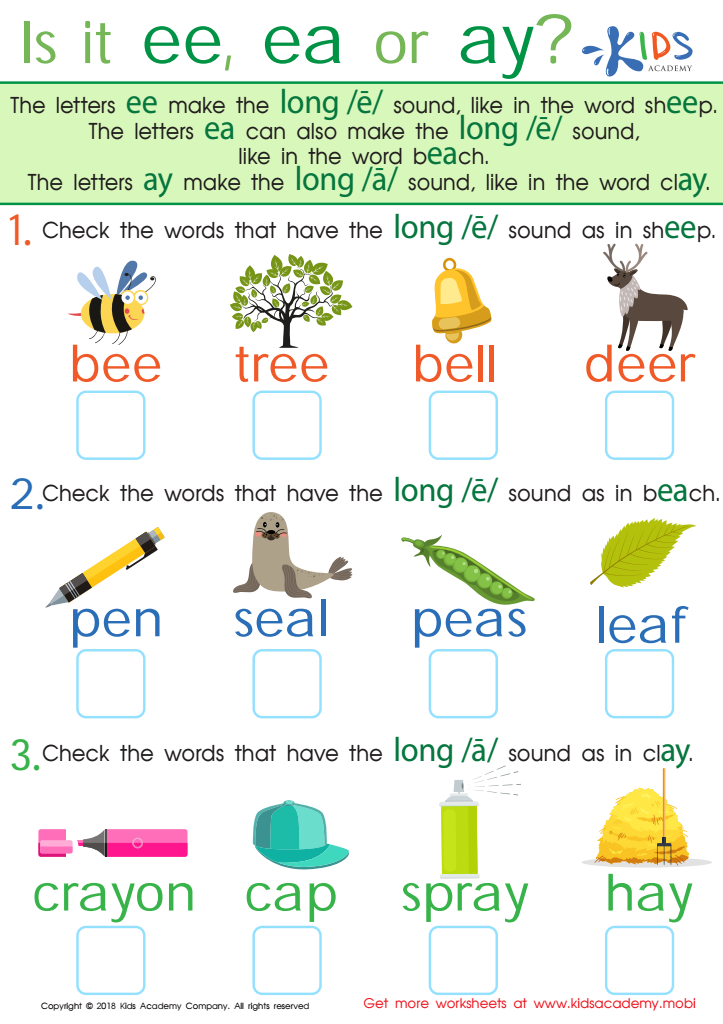

Is It EE, EA, or AY? Worksheet
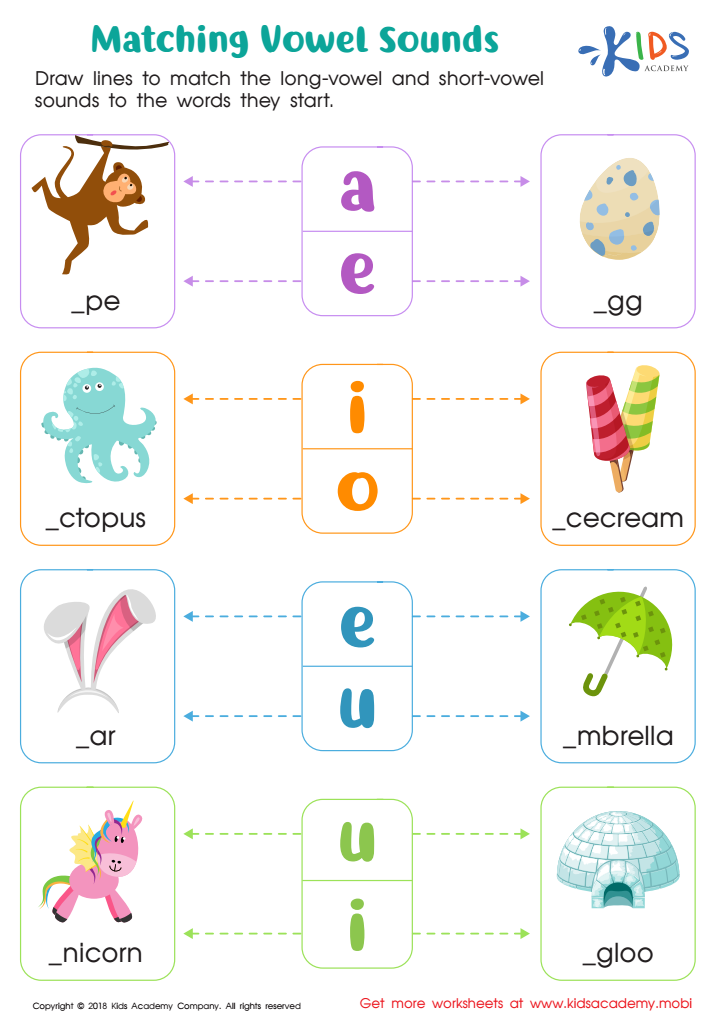

Matching Vowel Sounds Worksheet


Long and Short U Worksheet
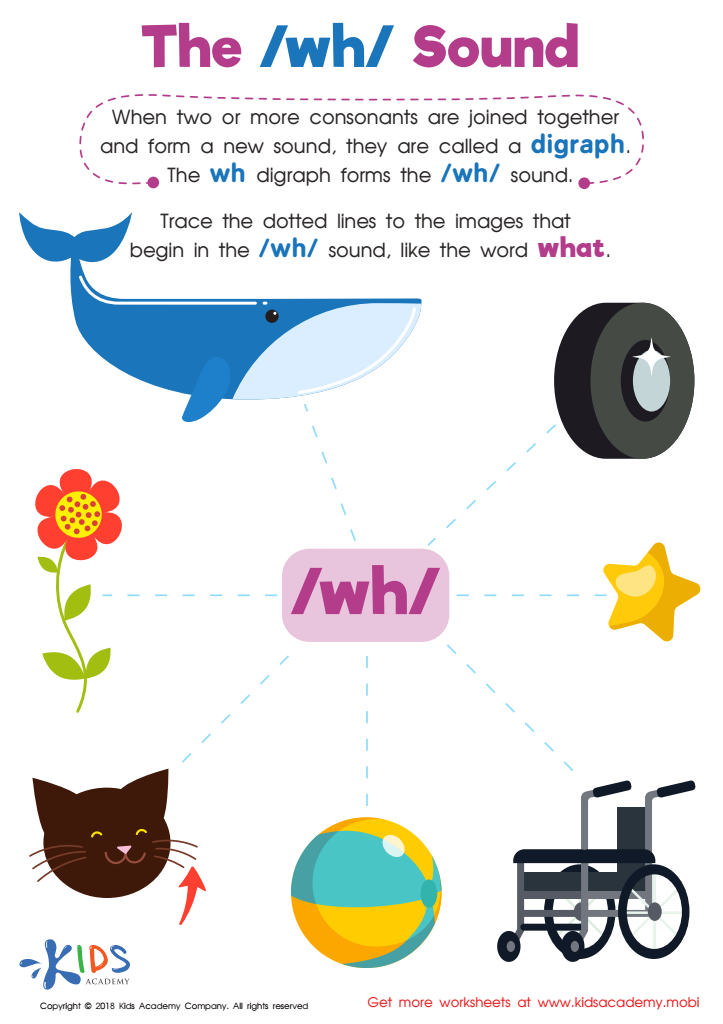

The /wh/ Sound Worksheet
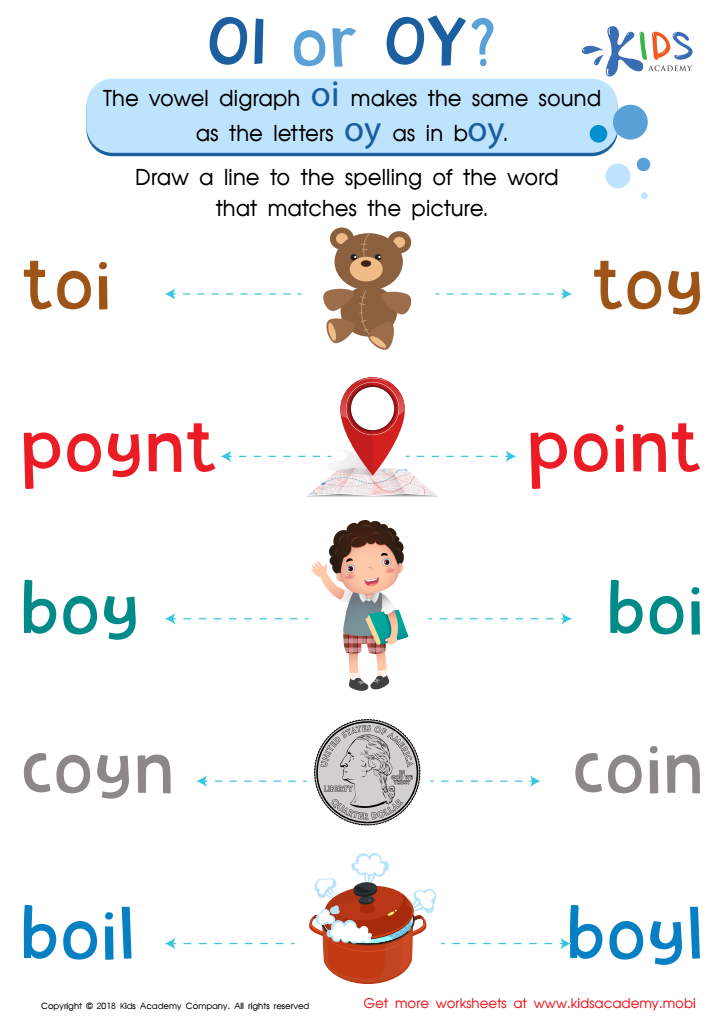

Reading: OI and OY Worksheet
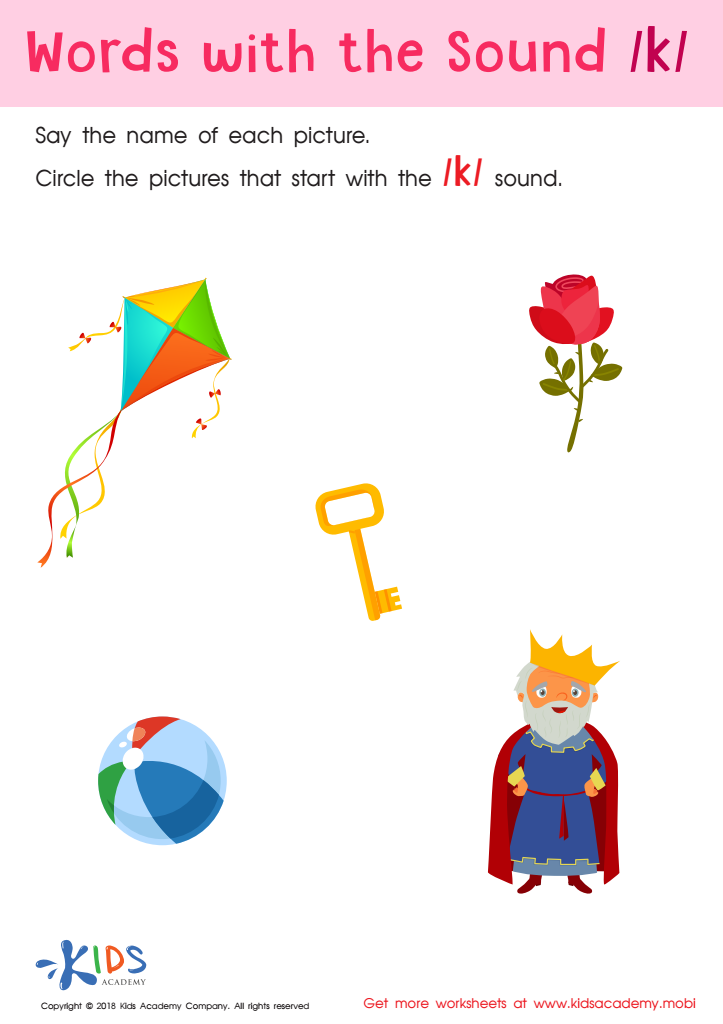

Words with sound k Reading Worksheet
Reading proficiency is critical for children aged 6-9, as it lays the foundation for their entire educational journey and lifelong learning. Normal Phonics plays a vital role in this developmental stage, as it equips children with the essential skills to decode words, enhancing their ability to read fluently and comprehend texts.
Phonics instruction helps young learners understand the relationship between letters and sounds, enabling them to pronounce unfamiliar words accurately. This skill is not only crucial for reading but also strengthens writing and spelling abilities. When children can read proficiently, they gain confidence and motivation, which fosters a positive attitude toward learning.
Moreover, reading proficiency at an early age is linked to long-term academic success. Children who struggle with reading often face challenges in other subjects, resulting in lower overall achievement. By prioritizing Normal Phonics and reading skills, parents and teachers can ensure that children are well-prepared to engage with a variety of texts, nurtured to explore their interests, and capable of thinking critically.
Ultimately, fostering reading proficiency during these formative years sets children on a path toward lifelong learning, creativity, and a love for reading that enriches their lives.
 Assign to My Students
Assign to My Students


















